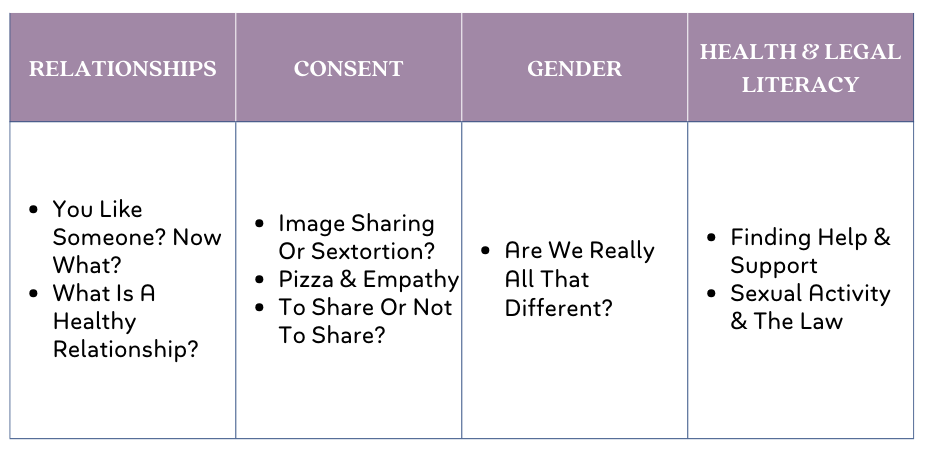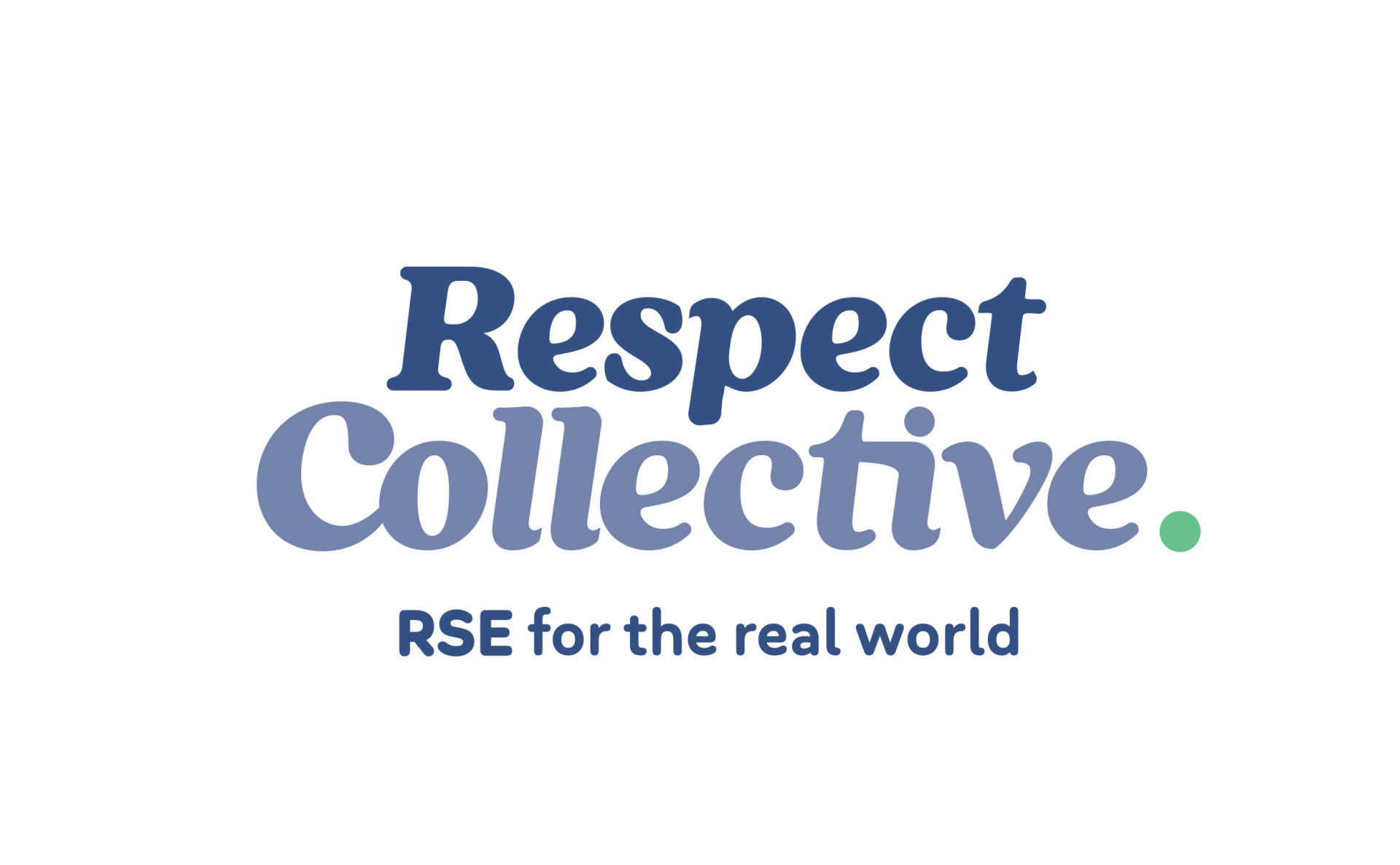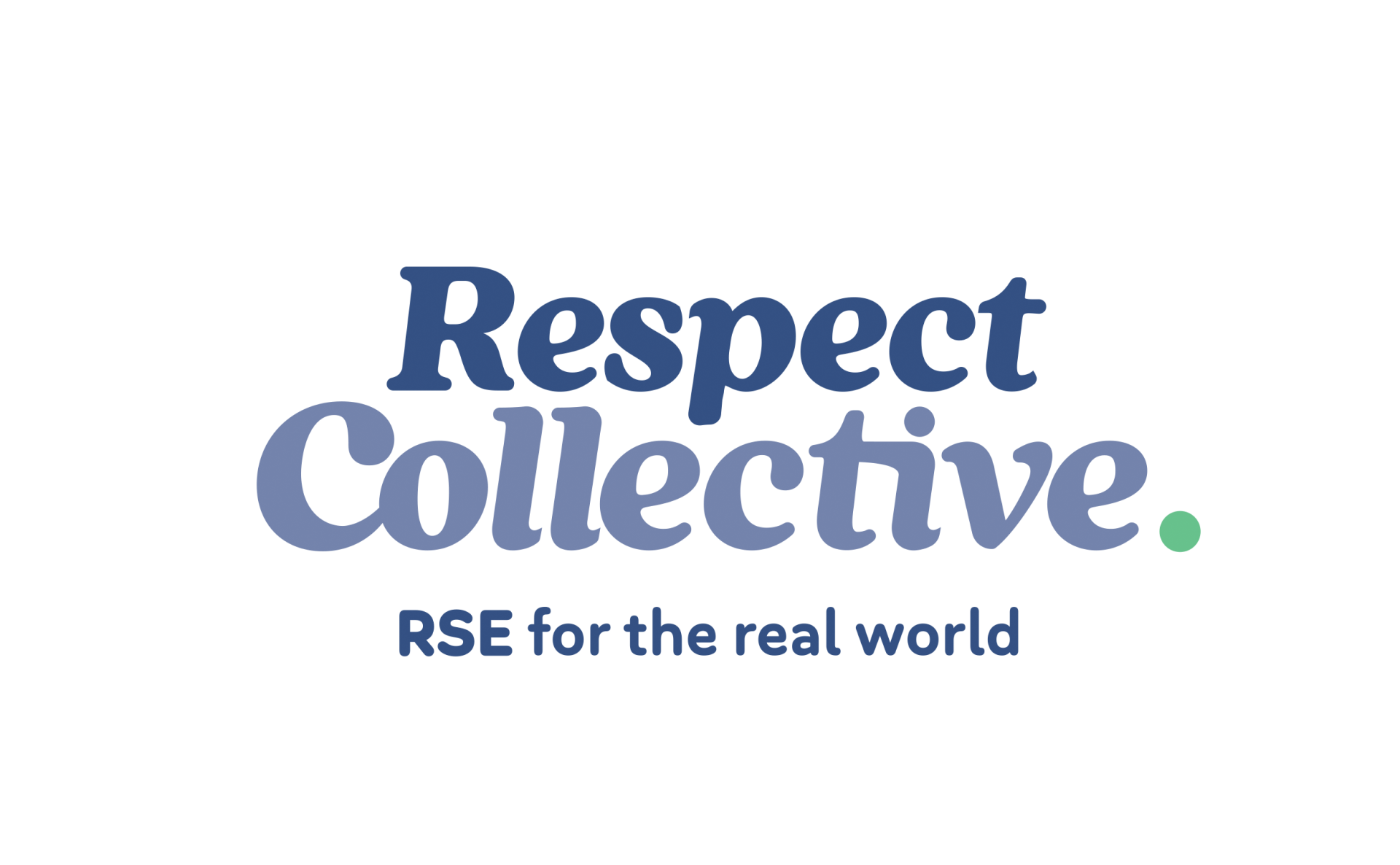In this Finding Help & Support lesson, students will
be introduced to the concept of health literacy.
They will begin by knowledge sharing on the meaning of health literacy. Students will work in small groups for the remainder of the lesson, researching organisations available in their local area, before applying that knowledge to a series of real world scenarios.
Each lesson ends with a consolidation activity, inviting students to list 1
thing they have learnt from the lesson, 1 thing they already knew, 1 piece of
advice they would share with a friend, and 1 adult or organisation that would
be helpful in relation to the lesson topic.


